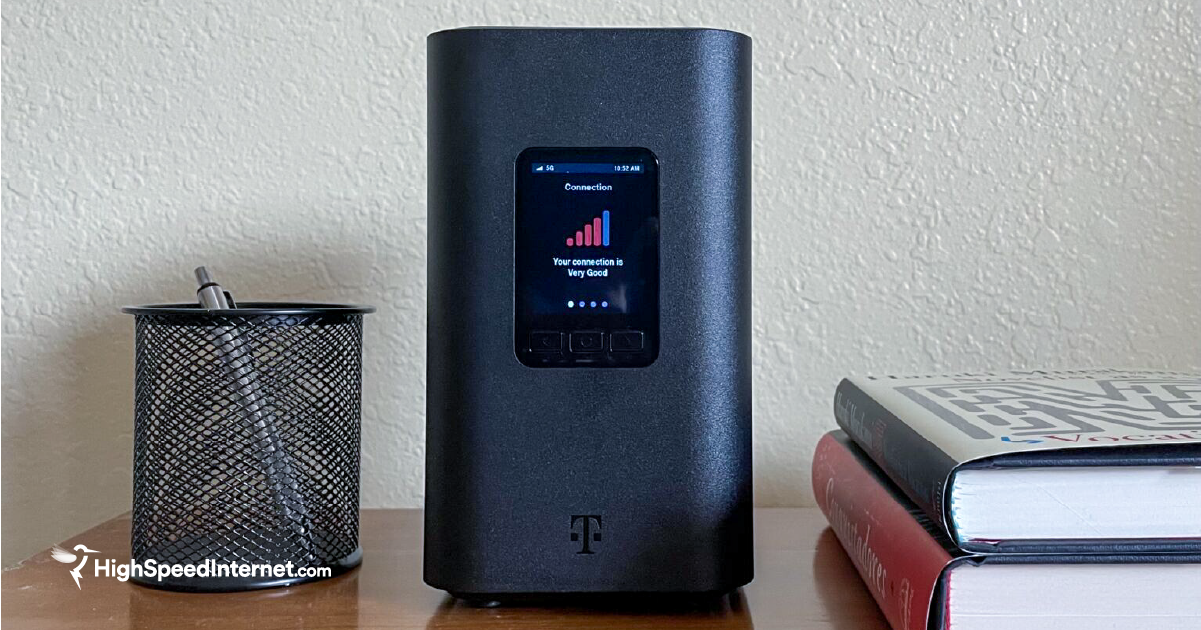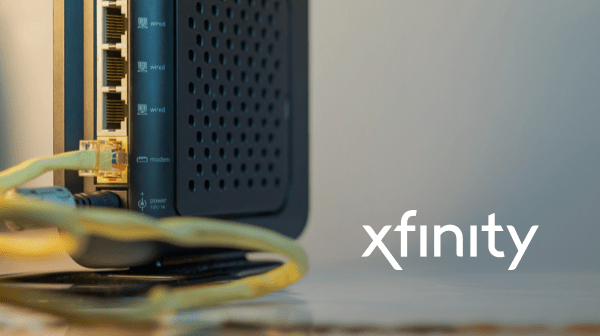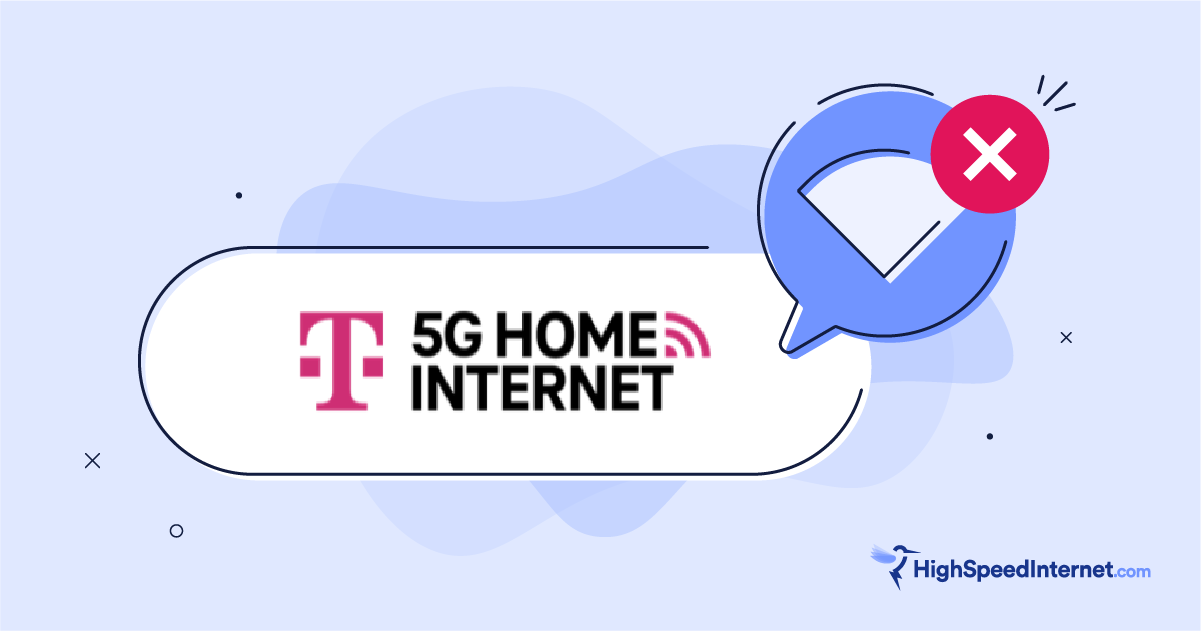How To Choose a Hotspot Data Plan
Find your best hotspot data plan with our step-by-step guide
May 21, 2025 | Share
Equipment Guides
Armed with the right info, you can choose an affordable hotspot data plan that lets you connect your laptops, tablets, or smart cameras to a secure Wi-Fi connection from anywhere you can get a mobile signal.
All-in-one smartphone plans offer the most bang for your buck when it comes to high-speed hotspot data. These plans don’t require extra equipment, and they include calling, texting, and mobile data. However, you could save money by going with a budget phone provider, a prepaid phone plan, or skipping the smartphone entirely and opting for a standalone hotspot device.
This guide walks you through the steps of choosing the right hotspot data plan. When you’re armed with all the info you need, check out our picks for the best hotspot data plans and get your tech bag ready to hit the road!
Decide on a hotspot plan in 5 easy steps
- Step 1: Determine your hotspot data needs
- Step 2: Decide on a hotspot device
- Step 3: Set a hotspot data plan budget
- Step 4: Choose the best mobile network for your needs
- Step 5: Think about international roaming
- Bonus: Consider portable internet alternatives
Ready to compare mobile plans?
Enter your home zip code to compare plans and prices now.
Step 1: Determine how much hotspot data you need
You need as much hotspot data as required by your tethered devices. Simple enough, right? But let’s unpack that a little.
First, let’s get clear on hotspot vs. mobile data. Mobile data is what your smartphone uses to connect to the internet, and it’s used for everything from browsing the web to streaming, scrolling social media, using AI tools, and navigating via maps apps. Hotspot data, on the other hand, refers only to the data used by tethered devices. Whether you’re hotspotting from a smartphone or a standalone hotspot device, tethered devices connect to your private hotspot network—usually over Wi-Fi, but sometimes over USB or Bluetooth.
Since we’re only counting tethered data for hotspot needs, think about what you’re doing on those tethered devices when they’re connected to your hotspot. Here’s a rule of thumb for data needs per user:
Broadband-intensive remote work and study
Full-time remote workers and students may need 100GB monthly hotspot data for video calls, file management, and AI tools.
High-bandwidth entertainment
You may need about 135GB of hotspot data per month for bandwidth-intensive entertainment, including a few hours every day of gaming, streaming in HD, and interacting with video platforms.
Infrequent intensive use
If you’re just traveling a few weekends a month but need access to reliable hotspot data from anywhere, look for about 60GB per month.
Lightweight connectivity
If you just need to stay connected while you travel but aren’t using a laptop or tablet for work or hours of daily entertainment, you need 10–12GB of hotspot data per month. That will be plenty for light browsing, maps apps, email, and streaming music or podcasts.
You can calculate hotspot needs for yourself using the table below. Once you have your total, add a little more in case you do something extra with your hotspot (or if the network is slow, which may mean sending more data for each task).
Measuring data usage for different hotspot tasks
| Activity | How much data it uses | How much it takes to use 10GB | How much it takes to use 100GB |
|---|---|---|---|
| Checking 25 emails | 10MB | Check 25,000 emails | Check 250,000 emails |
| Posting to social media | 90MB per hour | 111 hours (4.6 days) | 1,111 hours (46 days) |
| Streaming music | 55MB per hour | 181 hours (7.5 days) | 1,818 hours (75 days) |
| Downloading a six-page PDF | 5.9MB | Download 1,694 PDFs | Download 16,949 PDFs |
| Downloading an HD movie file | Approx. 4GB | Download two movies | Download 25 movies |
| Downloading video game or game update | Approx. 20–60GB | You can’t even download one game | Download 1–5 games |
| Making a video call in SD | 340MB per hour | Make 29 hour-long calls | Make 294 hour-long calls |
| Making a video call in HD | 2GB per hour | Make 4 hour-long calls | Make 50 hour-long calls |
| Streaming video in SD | 500MB per hour | Stream 20 hours of video | Stream 200 hours of video |
| Streaming video HD | 2GB per hour | Stream 5 hours of video | Stream 50 hours of video |
| Streaming video in 4K | 8GB per hour | Stream 1.2 hours of video | Stream 12.5 hours of video |
Data from Omni Data Usage Calculator.
Step 2: Decide whether you need a smartphone or standalone hotspot device
Most travelers we’ve talked to use smartphones as personal hotspot devices, which makes sense. You can get tons of hotspot data on premium smartphone plans, and each smartphone can tether three to five devices (and sometimes up to 10). If you have only a few devices you want to connect to Wi-Fi, just use the smartphone you already have.
Standalone hotspot devices aren’t as popular or prominent as they once were, but they come with the following benefits:
- The ability to connect many more devices at once
- Enhanced antennas for a better mobile signal
- Onboard power so you don’t drain your phone’s battery
These devices can cost $100 or more, though, and they require separate hotspot data plans. While they aren’t a great fit for most solo travelers, they can be great for student groups, remote teams, or emergency shelters.
Browse the top standalone hotspot devices of 2025.
Step 3: Decide how much you can spend on a hotspot data plan
You can get a little hotspot data included with most smartphone plans without paying extra, so there’s no need to plan a separate hotspot budget!
However, all-in-one smartphone plans with the most hotspot data cost $80 to $100 per month. You might save about $20 per month by going with a cheaper plan from a top-tier provider or save $50 per month by choosing a plan from a budget provider.
If you need a hotspot plan for a standalone device, expect to pay $30 to $50 per month, but set some cash aside for data top-ups if you need them.
Pro tip: Opt for a prepaid plan
Prepaid data plans are often easier to get and sometimes give you more data for how much you pay. You’re also more likely to get a prepaid plan that works with your own unlocked hotspot (as opposed to one you have to buy directly from the provider).
Step 4: Understand how hotspot data networks compare
Hotspot data uses cell towers, just like mobile data, so it’s important to choose a network that has good service in the places you plan to go. The best way to learn about the quality of a given network is to ask locals, but that can be time-consuming (and a little awkward).
If you don’t like talking to strangers or don’t yet know where you’ll need the hotspot, you can follow some general guidelines.
- T-Mobile has the largest 5G mobile network and often wins speed tests
- Verizon has the second-largest 5G network and a large 4G network, with a strong reputation for reliability across its footprint.
- AT&T has the largest 4G network, so it has a broader reach in rural areas but may have weak spots in cities.
Carriers such as Boost and UScellular have footprints of their own but rely on mobile virtual network operator agreements (MVNOs) with the big three players to extend their coverage. Most budget carriers, including up-and-coming brands like Xfinity Mobile and Spectrum Mobile, have no mobile networks of their own and rely solely on virtual operator agreements to provide mobile and hotspot service.
Step 5: Consider international coverage
Hotspot plans from each of the big three carriers let you use the plan while traveling abroad. T-Mobile works in more than 215 countries, Verizon works in more than 210 countries, and AT&T works in 20 countries in South America. The plans also have allowances for calling and texting abroad from home.
These hotspot plans might not be sufficient for full-time international use. In fact, most require them to be used primarily in the U.S. However, they offer enough data that you won’t have to go hunting for a local SIM or e-SIM the moment you touch down.
Can’t find the right fit? Consider hotspot alternatives
If you need to connect multiple students or learners remotely and need more than 250GB of data, it’s unlikely you’ll find a hotspot plan that meets your needs. But you aren’t entirely out of luck!
Just look for portable Wi-Fi rather than a hotspot. Our top picks are Away from T-Mobile’s home internet service and Roam plans from Starlink, but you can also get good fixed wireless home internet from Verizon or AT&T. You may soon be able to get satellite internet from Amazon’s Kuiper.
Summary
Getting the right plan for hotspot data is much easier than it used to be. Most people should look for an all-in-one smartphone plan with sufficient hotspot data and tether their laptops, tablets, or smart cameras to the personal hotspot as needed.
To get the right plan, think about what you’ll be doing on your connected devices and use our chart above to calculate your needs. Then, add a little extra so you don’t experience severe slowdowns by exhausting your allotted high-speed data.
When you’re ready, start shopping hotspot data plans.
FAQ about choosing a hotspot data plan
How long does 100GB of data last?
How much does hotspot data cost?
Author - Chili Palmer
Chili Palmer covers home tech services, with a special focus on understanding what families need and how they can stay connected on a budget. She handles internet access and affordability, breaking news, mobile services, and consumer trends. Chili’s work as a writer, reporter, and editor has appeared in publications including Telecompetitor, Utah Business, Idaho Business Review, Benton Institute for Broadband & Society, and Switchful.com.
Editor - Jessica Brooksby
Jessica loves bringing her passion for the written word and her love of tech into one space at HighSpeedInternet.com. She works with the team’s writers to revise strong, user-focused content so every reader can find the tech that works for them. Jessica has a bachelor’s degree in English from Utah Valley University and seven years of creative and editorial experience. Outside of work, she spends her time gaming, reading, painting, and buying an excessive amount of Legend of Zelda merchandise.



